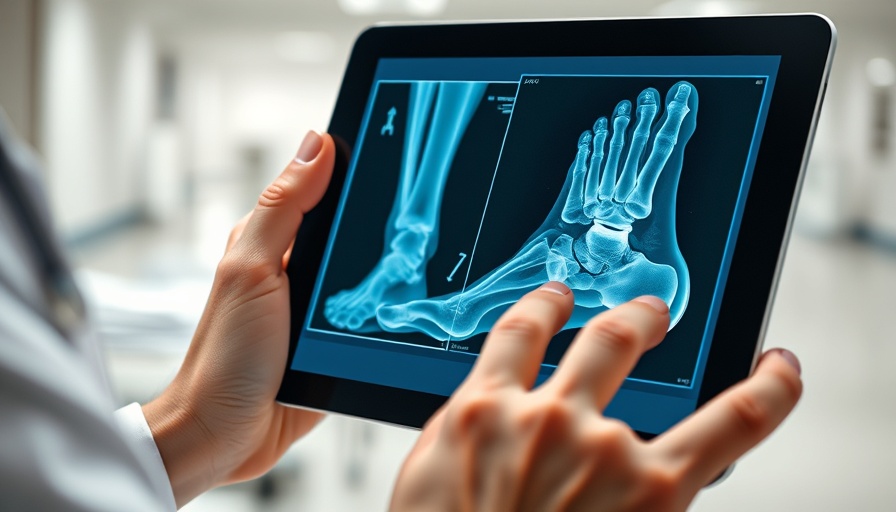
Understanding Avascular Necrosis: A Silent Epidemic
Post-COVID-19 survivors are facing more than just respiratory issues; a rising number are experiencing silent 'bone death,' known medically as avascular necrosis (AVN). This condition occurs when the blood supply to the bone becomes restricted, leading to bone tissue death, particularly in the hip joint. The surge in AVN cases is prompting healthcare professionals to raise awareness, especially as it affects younger individuals who previously showed no signs of bone problems.
The Steroid Connection
A significant factor contributing to this alarming trend is the widespread use of corticosteroids in treating COVID-19. Steroids are often used to manage symptoms and inflammation in severe cases, but studies indicate that even short courses of high doses can increase the risk of AVN in up to 30% of COVID-19 patients. As Dr. Rachit Sheth from Synergy Hospital explains, this has led to a troubling rise in cases among those in their 20s, 30s, and 40s; while traditionally, this condition was observed in older patients or those with chronic steroid use.
Symptoms Often Overlooked
Patients suffering from AVN may initially dismiss their symptoms as normal aches and pains. However, persistent discomfort in the hips or thighs can develop into crippling pain that restricts movement. Unfortunately, early scans may not detect the issue, leading to delayed diagnoses until substantial damage occurs. Collaborative efforts among orthopedic specialists emphasize the importance of recognizing these symptoms early, especially in younger adults who are actively engaged in their daily lives.
Rising Incidence of AVN
Research reveals that the incidence of AVN has surged by as much as tenfold compared to pre-pandemic levels. Data indicates that young males are significantly more affected, with a male-to-female ratio of approximately 5:1 as reported in multiple studies. As more young adults are treated for COVID-19, this demographic faces an unsettling future regarding mobility and long-term health.
Preventive Measures and Management
It is vital that individuals who are recovering from COVID-19 seek to understand their risk for AVN. Preventive measures include minimizing steroid use when possible and maintaining a healthy lifestyle that promotes bone health. For those already affected, early-stage AVN can be managed effectively through medications, physical therapy, and lifestyle changes. Advanced cases, however, may necessitate surgical interventions such as core decompression or total hip replacement.
The Future of Bone Health Post-COVID
As the medical community grapples with the repercussions of long COVID and AVN, researchers and practitioners alike are advocating for better awareness and early screening protocols. There is hope that with increased attention, outcomes for those affected by AVN can improve. The ongoing dialogue among experts underlines the importance of support networks for individuals experiencing these challenges, paving the way for a healthier future.
Call to Action for Awareness and Early Detection
Raising awareness around avascular necrosis is crucial not only for improving individual outcomes but also for guiding future treatment protocols in a post-pandemic world. If you or someone you know is experiencing unexplained joint pain following a COVID-19 recovery, seek medical advice. Early diagnosis is key in managing AVN and preserving mobility.
 Add Row
Add Row  Add
Add 




Write A Comment